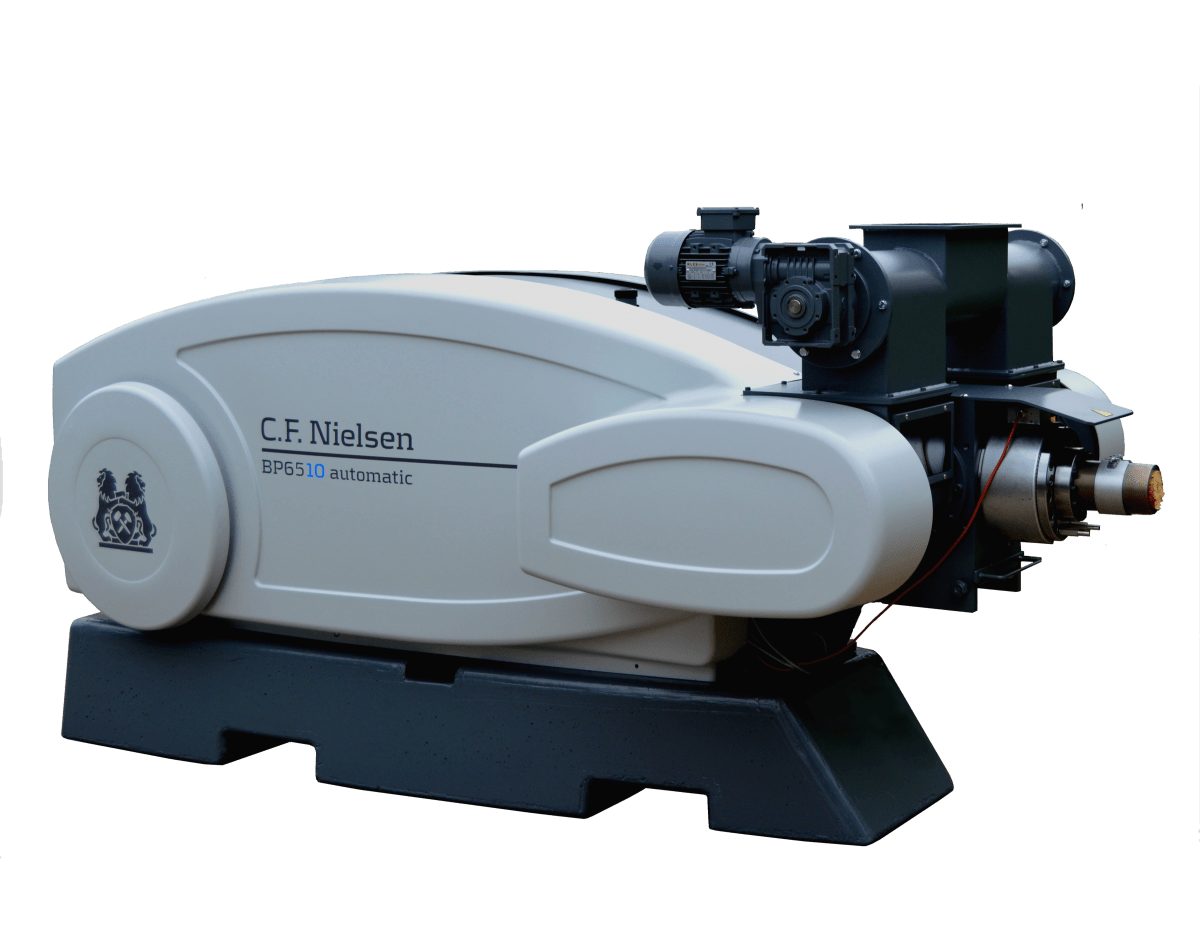Biomass briquettes are a biofuel substitute to coal and charcoal. Briquettes are mostly used in the developing world, where cooking fuels are not as easily available. There has been a move to use briquettes in the developed world, where they are used to heat industrial boilers in order to produce electricity from steam. The briquettes are co-fired with coal in order to create the heat supplied to the boiler.
Briquetting is the process to improve the characteristics of biomass as a renewable energy resource by densification. Densification means less volume needed for the same amount of energy output.
The advantages of processing and densifying of biomass are not only limited to the higher energy content.
Briquetting is based on compacting the raw material to yield certain advantages:

The reduction of material density is the reason for undertaking briquetting as it determines both the savings in transport and handling costs and any improvement in combustion over the original material: the art of briquetting. This art essentially involves two parts: the compaction under pressure of loose material to reduce its volume and to agglomerate the material so that the product remains in the compressed state.
Later effect, the cohesion of the particles, is based on three main mechanisms:

FA binding agent is necessary to prevent the compressed material from springing back and eventually returning to its original form. This agent can either be added to the process or, when compressing ligneous material, be part of the material itself in the form of lignin. Lignin is a constituent in most agricultural residues. It can be defined as the thermal plastic polymer, which begins to soften at temperatures above 100°C and is flowing at higher temperatures. The softening of lignin and its subsequent cooling while the material is still under pressure is the key factor in high pressure briquetting. It is a physic-chemical process related largely to the temperature reached in the briquetting process and the amount of lignin in the original material. The temperature in many machines is closely related to the pressure though in some, external heat is applied.
In general there are two immediate ways of classifying briquetting processes. One distinction is whether or not an external binding agent must be added to agglomerate the compressed material. The second way of classifying follows the pressure applied while briquetting: high, medium or low pressure.
For a rough distinction the following numbers might be adopted:
Usually high pressure processes will release sufficient lignin to agglomerate the briquette. Medium pressure machines may or may not require binders, depending upon the raw material whilst low-pressure machines invariably require binders. Such external binders might be: starch, clay, molasses or wood tar etc .. All briquettes using inherent binders (lignin) or external hydrophilic binders (starch, molasses, gum, clay) are not waterproof and will disintegrate when they come into contact with water or stored under humid conditions.

Esben M. Vestergaard
Regional Sales Manager
Do you want us to contact you?
Please fill out the form and we will get back to you.